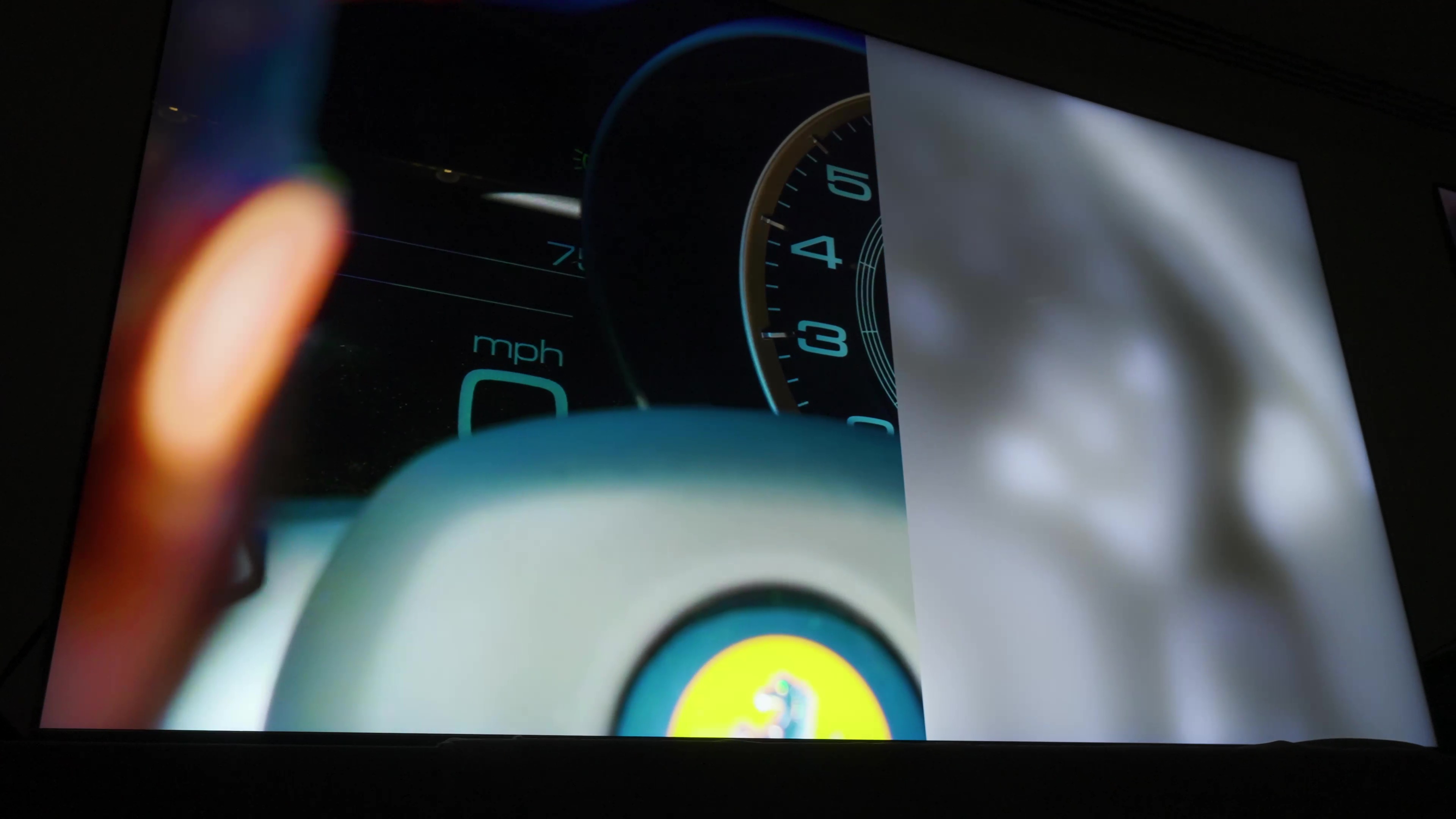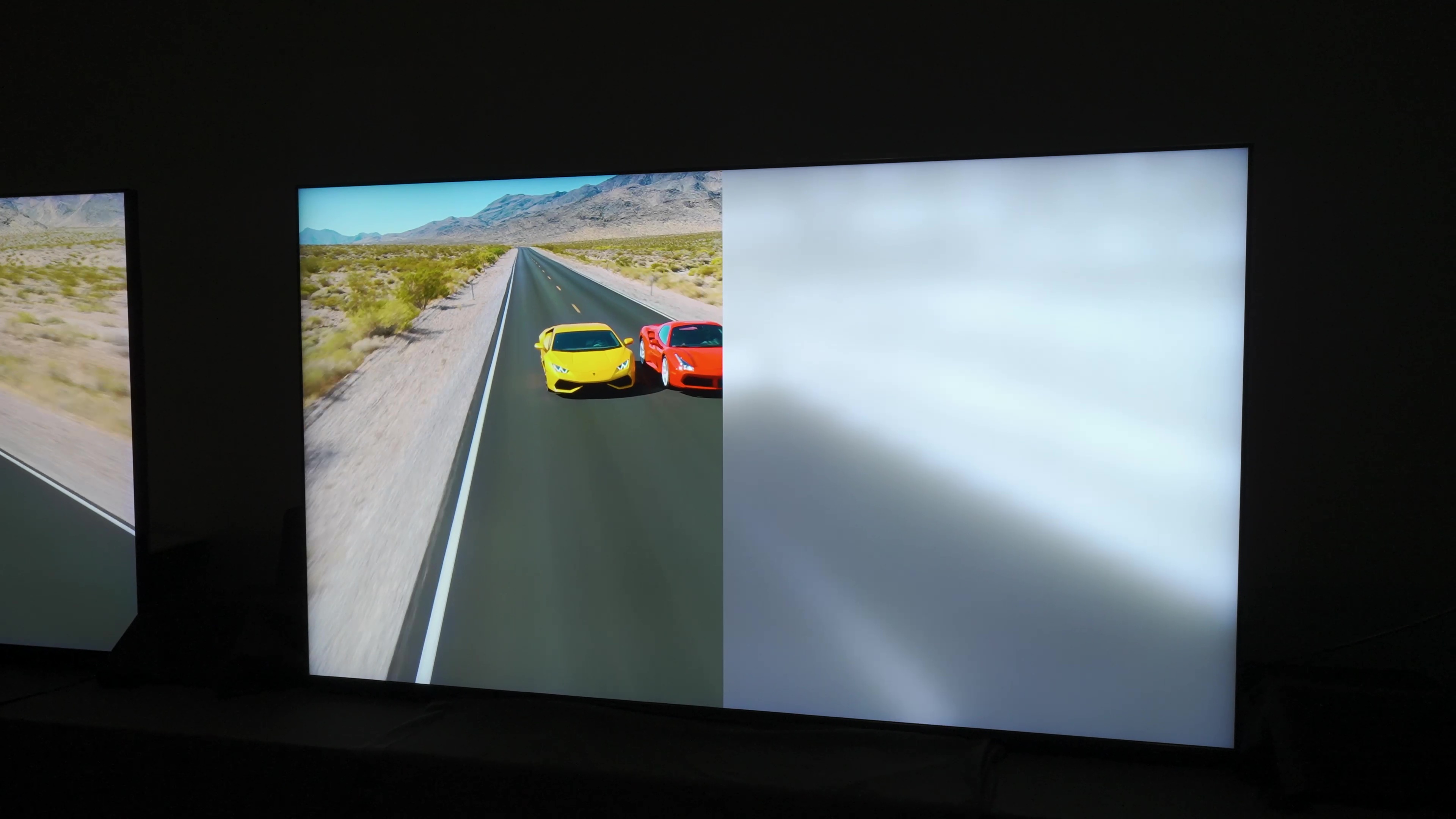
Anyone who has followed our TV reviews over the years has heard me repeatedly say what Sony has always told anyone who asks for specs and details on its backlight systems: It’s not the number of zones or the number of LEDs you have in the backlight setup — it’s how you use them.
Upon hearing this, I’ve always told Sony, “OK, I’ll accept that. But will you please dish on how you use them that’s different?” And, of course, Sony wouldn’t say. That is until Sony hosted me at a small press trip in Tokyo in November 2023, which laid the groundwork for what you’re reading here.
As frustrating as it has been to hear that sidestepping sort of non-answer answer, Sony, for the most part, has done a pretty great job of achieving high-performance results with seemingly less dense backlight systems with fewer dimming zones. There have been a couple of exceptions — I wasn’t a huge fan of the X90K TV, for instance. But for the most part, Sony has done a lot more with a lot less than its competitors.
Sony has done a pretty great job of achieving high-performance results with seemingly less dense backlight systems.
I don’t think Sony will start playing the specs shootout game that TCL and Hisense like to play. And continue to play — see Hisense’s teaser of a 110-inch, 10,000-nit TV ahead of CES 2024. Sony isn’t likely to start disclosing how many mini-LEDs and how many dimming zones are at work in its TVs. And definitely don’t look for it to do so at CES 2024 in Las Vegas because, for the second year in a row, there won’t be any new Sony TVs announced at the show.
But Sony is showing us how its backlight tech works for the first time. No more “well, it’s a little eye of newt and a little toe of frog, and BAM, that’s our secret sauce.”
For the demo you see represented in the pictures below (and the one above), Sony literally peeled back layers so we could see for ourselves. This is not a simulation. What you see on the right side of this prototype screen is a representation of what the backlight is doing. What you’re seeing is the actual backlight in action. Sony dissected and peeled back screen layers so we could watch what it does, while also seeing how performance has been improved over the already great X95L TV.
What you see depicted is a result of Sony taking the whole idea of a backlight system back to the drawing board. Sony told me it has developed a new integrated circuit driver so tiny that it can be housed within smaller clusters of mini-LED backlights.
Think of it this way: Sony’s Cognitive XR processor — the one TV experts rave about — is tasked with taking a video signal, breaking it up into a bunch of different parts, and then sending instructions on what to do to the LED section of the panel and the LCD section of the panel.
For the backlight system, those instructions are just a bunch of data. For the instructions to be carried out, that data has to be turned into an analog electrical signal that gets routed to the appropriate LEDs or mini-LEDs. The execution of the processor’s instructions is carried out by a Driver IC (integrated circuit). Well, actually many, many, many driver ICs.

Sony says it has made a driver IC so small that it can instantly increase the number of zones in its TVs without giving up on fine control. And it’s in that fine control that we discover the next big difference that’s always been at play in Sony’s TVs.
What makes Sony’s new backlight system work so precisely is the number of dimming levels it can assign its backlights. Some TVs turn the backlights on or off — that’s it. Technically, that’s still local dimming, but it doesn’t fit the commonly understood sense of the word dimming, right? At home, if your lights are dimmable, that means they aren’t just on or off. Instead, you can set them at different brightness levels between off and on. Say, 10%, or 20%, or 60%, and so on.

Sony exerts more levels of brightness gradation in its LED backlights than most of its competitors, and the new driver tech it has developed allows it to continue doing so, but on a much larger scale. That is what makes it possible for you to see what’s happening in the pictures, even though what we’re seeing here is black-and-white or grayscale and not at pixel-level details. Not quite pixel-level, but man, it looks close.
As a bonus, Sony’s new backlight tech consumes less power, which means it should skate by EU power regulations while still achieving awesome brightness.
Mini-LED is going to tread well into OLED performance territory.
And blooming? I don’t think it is going to be part of the conversation much longer — at least not in Sony’s most premium TV tier. That doesn’t mean that Sony’s mini-LED TVs will steamroll OLED TVs – there are still inherent issues with LCD screens that can’t be overcome. But mini-LED is going to tread well into OLED performance territory. And it should still be cheaper to produce than OLED and will likely make a more sensible purchase for consumers like you and me.
Regarding peak brightness and nits — Sony isn’t talking about what we can expect its new flagship mini-LED TV to put out. But I will point to the fact that Sony just developed a 4,000-nit professional mastering monitor — a tool Hollywood just hasn’t had before — and Sony is all about being able to replicate as closely as it can in its consumer TVs what its professional mastering monitors can do. So that should tell us something.
Now, to be clear, I’m kind of taking Sony at its word when it comes to the how and the why behind its backlight tech. Sometimes, technical explanations are cleverly veiled marketing words to make things sound good on paper. What really matters is how things look in the real world. And based on what I saw from this prototype and how much better it was than Sony’s X95L flagship from 2023, I think this is legit.

I feel pretty confident that at least some of Sony’s 2024 mini-LED TVs will be extremely impressive. They’re everything we have loved about Sony TV performance, just better than before.
And not a moment too soon because I know what Samsung, TCL, and Hisense are coming out with this year. I do think Sony is going to be able to hang with real-world content. But as far as the specs wars are concerned? Hisense and TCL will post up some specs numbers that will blow your mind. And for those who judge TVs based on the specs printed on paper? Well, it seems like Sony will have to lean on its reputation pretty hard. Fortunately, that rep is pretty strong right now. So it could work out.
We’ll see how it plays out. But I, for one, am pretty thrilled that Sony has started pulling back the veil, and I was honored to be part of the small crew of folks who got to see it.
So that’s mini-LED, and we can expect that the standard LED-backlit TVs will improve in lockstep with the mini-LED TVs – they always have.
So, then, what about OLED?
Sony 2024 OLED TVs
Sony didn’t say much about its OLED TV plans during our visit — at least, nothing related to the OLED panel technology. But I will prepare you now for the idea that Sony may not have a successor to the A95L — which is the best TV I’ve ever reviewed — in 2024. I don’t think that Sony would be able to do anything meaningfully different in a new 2024 model, so the A95L may stick around into 2025.
I do think there will be new OLED TVs. And I think the mid-tier OLEDs are going to get some pretty fancy new features. Actually, all of Sony’s TVs will. But you’re probably going to have to wait until May of this year to find out more.







